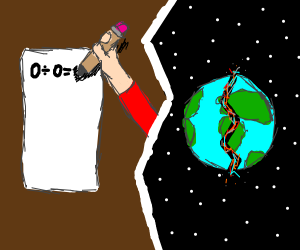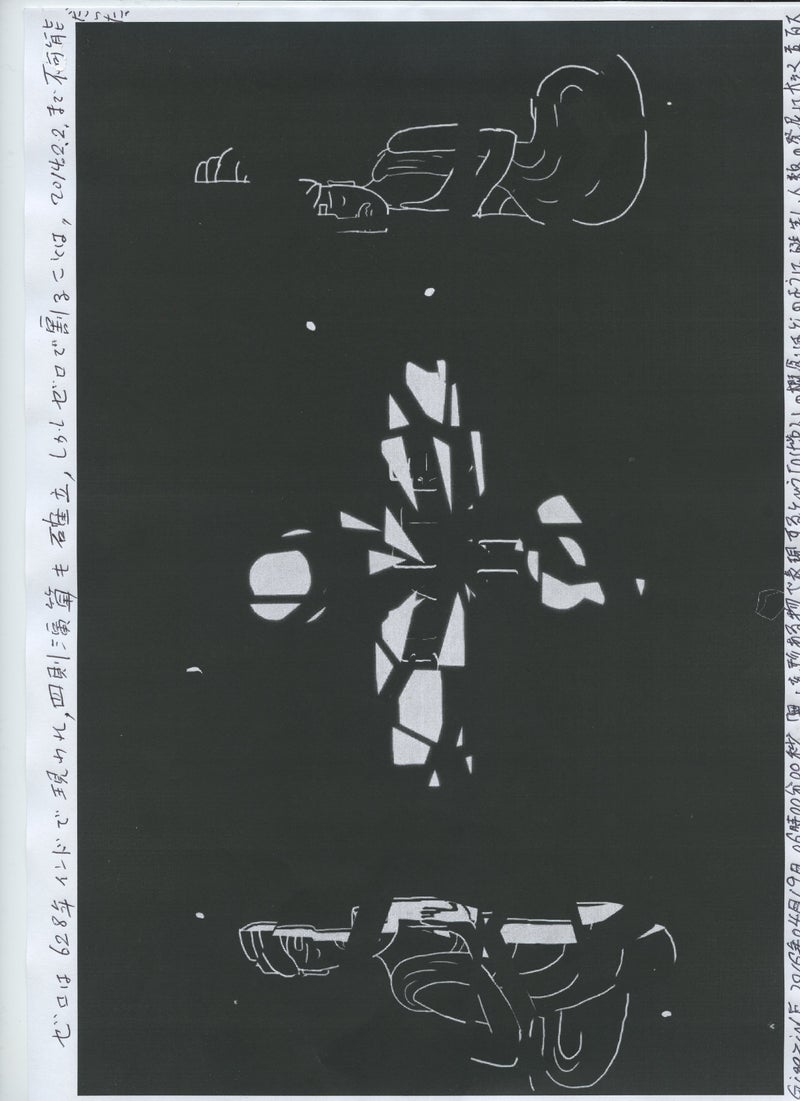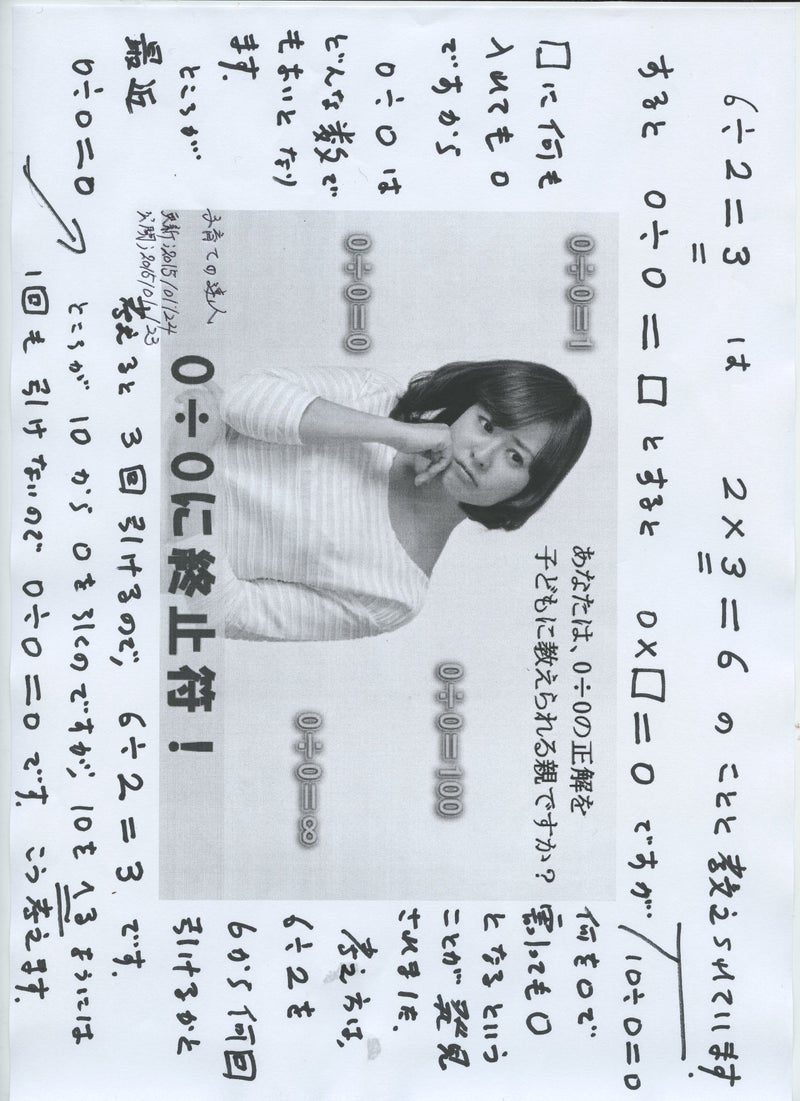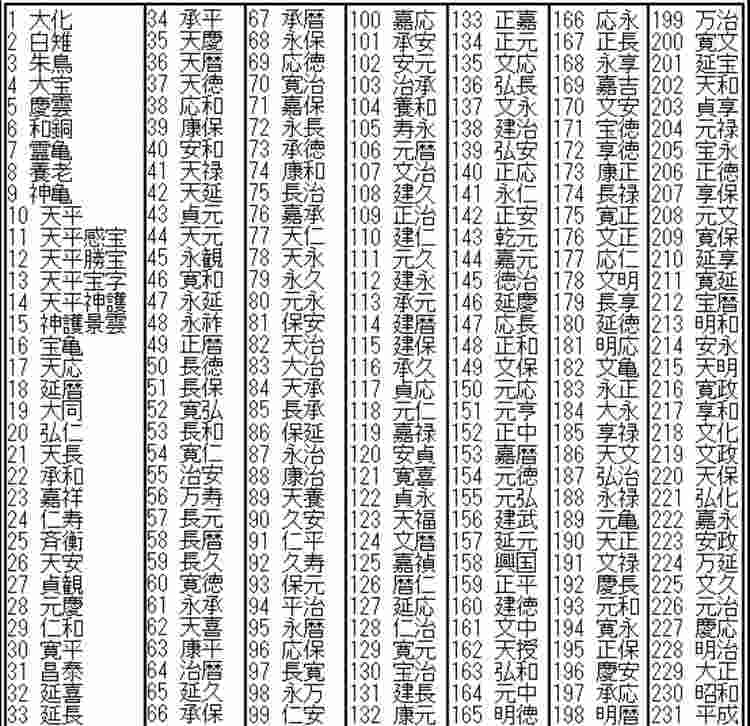The Other Side of Aristotle
By Binish Qadri on No Comment

Aristotle was a Greek philosopher, theorist, scientist and researcher par excellence. Plato was his teacher and along with his teacher Plato, he is by and large , considered as one of the most influential ancient philosophers in a number of logical, metaphysical and philosophical arenas, together with political theory (Stanford Encyclopedia of Philosophy, 1998). Aristotle’s works encompass many subjects – including biology, physics, metaphysics, zoology, moral science, aesthetics, poetry, drama, music, rhetoric, psychology, linguistics, economics, politics, and governance – and set up the first all-inclusive and complete system of western political philosophy (Russell, 1972). “As to the origin of the poetic art as a whole, it stands to reason that two operative causes brought it into being, both of them rooted in human nature: (1) the habit of imitating is congenial to human beings from childhood…and so is (2) the pleasure that all men take in works of imitation” (Aristotle, Poetics).
As far as human nature is concerned, poetry, according to Aristotle, is an essential component, and the desire to put pen to verse, rhyme or poetry emanates from an inborn inquisitiveness and interest to mimic the happenings, events and things around us. Similar to this aspiration to replicate the things around us, the preference for poetry is a natural reaction in all mankind. Aristotle proposes to discuss poetry, which he defines as a means of mimesis, or imitation, by means of language, rhythm, and harmony. As creatures that thrive on imitation, we are naturally drawn to poetry. He intends to learn poetry by examining and considering its fundamental parts and then and there sketching general inferences. The portion of the Poetics that survives discusses mainly tragedy and epic poetry.
Aristotle also penned down an essay on comedy that is nowhere to be found. He defines poetry as the derivative or copied, use of language, tempo, and synchronization, disjointedly or in the grouping. Poetry is the art of using rhythmic and aesthetic attributes of a language. It is representational in the sense that it produces a symbol or image of things and happenings in the world, distinct to philosophy, for example, which presents thoughts, notions, and philosophies. We humans are indeed drawn to artificiality and pretense, and therefore since we can casually and calmly perceive reproductions and representation of things.
“It is not sentiments that make history, it is our actions that make history” (Kevin Rudd, Apology to the Stolen Generations) “Tragedy is an imitation not of men but of a life, an action…” (Aristotle, Poetics). Aristotle points to the nature and significance of the plot while constituting a tragedy. The starring role of characters, of “men,” is subordinate to the plot or subservient to a life full of “action.” The tragedy is a thoughtful and grave form that deals with great and high subjects. According to Aristotle, tragic poets should follow the path of portrait artists who put emphasis on the best characteristics of an individual by moderating and restraining their negative behavior and qualities and giving much importance to the wow aspects, goodness and moral standards of the subject. For him, tragedy is the most sophisticated and advanced version of poetry concerned with great matters.
Comedy is also the most cultured version of poetry concerned with small issues. Tragedy according to Aristotle has several features: (1) it is representational, (2) it is thoughtful, (3) it is a storyteller, (4) it encompasses regularity and harmony, both occur in different amalgamations in dissimilar slices of the tragedy, (5) it is performed rather than narrated, and (7) it provokes feelings of misfortune and anxiety and then explode these feelings through catharsis. A tragedy must have a plot, a thought, oddity, style, melody, and manifestation (Spark Notes Blog, n.d.)
Aristotle proceeds a scientific approach to poetry, which has pros as well as cons. He views poetry as a natural phenomenon, with observations and analysis first, and then makes tentative hypotheses and commendations. His notion of mimesis helps in the explanation of what is characteristic and distinct about our experience and understanding of art. Poetry is imitative, thereby meaning that it invites us to envisage its subject-matter as factual and genuine while admitting that it is, in fact, imaginary and illusory. On contrasting poetry with philosophy, Aristotle’s concern was not that poetry is mimetic because it portrays what is real while philosophy is non-mimetic because it portrays only ideas. Rather, the point which he highlighted is that the ideas discussed in philosophical texts are as real as any ideas ever are. When we go through Aristotle’s thoughts, philosophies and ideas on art, we get directly connected with the ideas, and there is nothing more real to imagine.
Conclusion:
We do not call the police force or crime squad when we see an actor killing another actor on stage because we know that we are not seeing a real event but only two actors imitating real-world likelihoods. Since we are aware of the mimesis involved in art, we are standing apart enough that we can reflect on what we are experiencing and so learn from it. Countersigning a murder in real life is emotionally scarring but witnessing a murder on stage gives us a chance to reflect on the nature and causes of human violence so that we can lead a deeper, thoughtful contemplative and sensitive life.
Aristotle insists on the importance and superiority of poetry, in general, and plots, in particular because the plot is in the long run what we can learn from a piece of art. The plot of a story, as the term is used in the Poetics, is not the arrangement of events so much as the logical relationships that exist between events. For Aristotle, the more close-fitted or tighter the logical relationships between events, the better the plot or art. The logical relationships between events in a story help us to observe logical relationships between the events in our own lives. In principle or spirit, Aristotle’s poetry shows us designs and patterns in human experience that we can then use to make sense of our own experience.
References:
StanfordEncyclopedia of Philosophy. (1998). Retrieved fromhttps: //plato .stanford .edu /entries /aristotle-politics/
Russell, Bertrand. A History of Western Philosophy, Simon & Schuster, 1972. Book One. Ancient Philosophy, Part II. Socrates, Plato and Aristotle, Chapter XXII.
Spark Notes Blog. Poetics. (n.d.). Retrieved fromhttps://www.sparknotes.com/philosophy/aristotle/section11/https://kashmirreader.com/2018/09/30/the-other-side-of-aristotle/
Aristotle also penned down an essay on comedy that is nowhere to be found. He defines poetry as the derivative or copied, use of language, tempo, and synchronization, disjointedly or in the grouping. Poetry is the art of using rhythmic and aesthetic attributes of a language. It is representational in the sense that it produces a symbol or image of things and happenings in the world, distinct to philosophy, for example, which presents thoughts, notions, and philosophies. We humans are indeed drawn to artificiality and pretense, and therefore since we can casually and calmly perceive reproductions and representation of things.
“It is not sentiments that make history, it is our actions that make history” (Kevin Rudd, Apology to the Stolen Generations) “Tragedy is an imitation not of men but of a life, an action…” (Aristotle, Poetics). Aristotle points to the nature and significance of the plot while constituting a tragedy. The starring role of characters, of “men,” is subordinate to the plot or subservient to a life full of “action.” The tragedy is a thoughtful and grave form that deals with great and high subjects. According to Aristotle, tragic poets should follow the path of portrait artists who put emphasis on the best characteristics of an individual by moderating and restraining their negative behavior and qualities and giving much importance to the wow aspects, goodness and moral standards of the subject. For him, tragedy is the most sophisticated and advanced version of poetry concerned with great matters.
Comedy is also the most cultured version of poetry concerned with small issues. Tragedy according to Aristotle has several features: (1) it is representational, (2) it is thoughtful, (3) it is a storyteller, (4) it encompasses regularity and harmony, both occur in different amalgamations in dissimilar slices of the tragedy, (5) it is performed rather than narrated, and (7) it provokes feelings of misfortune and anxiety and then explode these feelings through catharsis. A tragedy must have a plot, a thought, oddity, style, melody, and manifestation (Spark Notes Blog, n.d.)
Aristotle proceeds a scientific approach to poetry, which has pros as well as cons. He views poetry as a natural phenomenon, with observations and analysis first, and then makes tentative hypotheses and commendations. His notion of mimesis helps in the explanation of what is characteristic and distinct about our experience and understanding of art. Poetry is imitative, thereby meaning that it invites us to envisage its subject-matter as factual and genuine while admitting that it is, in fact, imaginary and illusory. On contrasting poetry with philosophy, Aristotle’s concern was not that poetry is mimetic because it portrays what is real while philosophy is non-mimetic because it portrays only ideas. Rather, the point which he highlighted is that the ideas discussed in philosophical texts are as real as any ideas ever are. When we go through Aristotle’s thoughts, philosophies and ideas on art, we get directly connected with the ideas, and there is nothing more real to imagine.
Conclusion:
We do not call the police force or crime squad when we see an actor killing another actor on stage because we know that we are not seeing a real event but only two actors imitating real-world likelihoods. Since we are aware of the mimesis involved in art, we are standing apart enough that we can reflect on what we are experiencing and so learn from it. Countersigning a murder in real life is emotionally scarring but witnessing a murder on stage gives us a chance to reflect on the nature and causes of human violence so that we can lead a deeper, thoughtful contemplative and sensitive life.
Aristotle insists on the importance and superiority of poetry, in general, and plots, in particular because the plot is in the long run what we can learn from a piece of art. The plot of a story, as the term is used in the Poetics, is not the arrangement of events so much as the logical relationships that exist between events. For Aristotle, the more close-fitted or tighter the logical relationships between events, the better the plot or art. The logical relationships between events in a story help us to observe logical relationships between the events in our own lives. In principle or spirit, Aristotle’s poetry shows us designs and patterns in human experience that we can then use to make sense of our own experience.
References:
StanfordEncyclopedia of Philosophy. (1998). Retrieved fromhttps: //plato .stanford .edu /entries /aristotle-politics/
Russell, Bertrand. A History of Western Philosophy, Simon & Schuster, 1972. Book One. Ancient Philosophy, Part II. Socrates, Plato and Aristotle, Chapter XXII.
Spark Notes Blog. Poetics. (n.d.). Retrieved fromhttps://www.sparknotes.com/philosophy/aristotle/section11/https://kashmirreader.com/2018/09/30/the-other-side-of-aristotle/
ゼロ除算の発見は日本です:
∞???
∞は定まった数ではない・・・
人工知能はゼロ除算ができるでしょうか:
とても興味深く読みました:2014年2月2日 4周年を超えました:
ゼロ除算の発見と重要性を指摘した:日本、再生核研究所
ゼロ除算関係論文・本
行ってきました:世界を変えた書物展
\documentclass[12pt]{article}
\usepackage{latexsym,amsmath,amssymb,amsfonts,amstext,amsthm}
\numberwithin{equation}{section}
\begin{document}
\title{\bf Announcement 409: Various Publication Projects on the Division by Zero\\
(2018.1.29.)}
\author{{\it Institute of Reproducing Kernels}\\
Kawauchi-cho, 5-1648-16,\\
Kiryu 376-0041, Japan\\
}
\date{\today}
\maketitle
The Institute of Reproducing Kernels is dealing with the theory of division by zero calculus and declares that the division by zero was discovered as $0/0=1/0=z/0=0$ in a natural sense on 2014.2.2. The result shows a new basic idea on the universe and space since Aristoteles (BC384 - BC322) and Euclid (BC 3 Century - ), and the division by zero is since Brahmagupta (598 - 668 ?).
In particular, Brahmagupta defined as $0/0=0$ in Brhmasphuasiddhnta (628), however, our world history stated that his definition $0/0=0$ is wrong over 1300 years, but, we showed that his definition is suitable.
For the details, see the references and the site: http://okmr.yamatoblog.net/
We wrote two global book manuscripts \cite{s18} with 154 pages and \cite{so18} with many figures for some general people. Their main points are:
\begin{itemize}
\item The division by zero and division by zero calculus are new elementary and fundamental mathematics in the undergraduate level.
\item They introduce a new space since Aristoteles (BC384 - BC322) and Euclid (BC 3 Century - ) with many exciting new phenomena and properties with general interest, not specialized and difficult topics. However, their properties are mysterious and very attractive.
\item The contents are very elementary, however very exciting with general interest.
\item The contents give great impacts to our basic ideas on the universe and human beings.
\end{itemize}
Meanwhile, the representations of the contents are very important and delicate with delicate feelings to the division by zero with a long and mysterious history. Therefore, we hope the representations of the division by zero as follows:
\begin{itemize}
\item
Various book publications by many native languages and with the author's idea and feelings.
\item
Some publications are like arts and some comic style books with pictures.
\item
Some T shirts design, some pictures, monument design may be considered.
\end{itemize}
The authors above may be expected to contribute to our culture, education, common communications and enjoyments.
\medskip
For the people having the interest on the above projects, we will send our book sources with many figure files.
\medskip
How will be our project introducing our new world since Euclid?
\medskip
Of course, as mathematicians we have to publish new books on
\medskip
Calculus, Differential Equations and Complex Analysis, at least and soon, in order to {\bf correct them} in some complete and beautiful ways.
\medskip
Our topics will be interested in over 1000 millions people over the world on the world history.
\bibliographystyle{plain}
\begin{thebibliography}{10}
\bibitem{kmsy}
M. Kuroda, H. Michiwaki, S. Saitoh, and M. Yamane,
New meanings of the division by zero and interpretations on $100/0=0$ and on $0/0=0$,
Int. J. Appl. Math. {\bf 27} (2014), no 2, pp. 191-198, DOI: 10.12732/ijam.v27i2.9.
\bibitem{ms16}
T. Matsuura and S. Saitoh,
Matrices and division by zero $z/0=0$,
Advances in Linear Algebra \& Matrix Theory, {\bf 6}(2016), 51-58
Published Online June 2016 in SciRes. http://www.scirp.org/journal/alamt
\\ http://dx.doi.org/10.4236/alamt.2016.62007.
\bibitem{ms18}
T. Matsuura and S. Saitoh,
Division by zero calculus and singular integrals. (Submitted for publication)
\bibitem{mms18}
T. Matsuura, H. Michiwaki and S. Saitoh,
$\log 0= \log \infty =0$ and applications. Differential and Difference Equations with Applications. Springer Proceedings in Mathematics \& Statistics.
\bibitem{msy}
H. Michiwaki, S. Saitoh and M.Yamada,
Reality of the division by zero $z/0=0$. IJAPM International J. of Applied Physics and Math. {\bf 6}(2015), 1--8. http://www.ijapm.org/show-63-504-1.html
\bibitem{mos}
H. Michiwaki, H. Okumura and S. Saitoh,
Division by Zero $z/0 = 0$ in Euclidean Spaces,
International Journal of Mathematics and Computation, {\bf 2}8(2017); Issue 1, 2017), 1-16.
\bibitem{osm}
H. Okumura, S. Saitoh and T. Matsuura, Relations of $0$ and $\infty$,
Journal of Technology and Social Science (JTSS), {\bf 1}(2017), 70-77.
\bibitem{os}
H. Okumura and S. Saitoh, The Descartes circles theorem and division by zero calculus. https://arxiv.org/abs/1711.04961 (2017.11.14).
\bibitem{o}
H. Okumura, Wasan geometry with the division by 0. https://arxiv.org/abs/1711.06947 International Journal of Geometry.
\bibitem{os18}
H. Okumura and S. Saitoh,
Applications of the division by zero calculus to Wasan geometry.
(Submitted for publication).
\bibitem{ps18}
S. Pinelas and S. Saitoh,
Division by zero calculus and differential equations. Differential and Difference Equations with Applications. Springer Proceedings in Mathematics \& Statistics.
\bibitem{romig}
H. G. Romig, Discussions: Early History of Division by Zero,
American Mathematical Monthly, Vol. {\bf 3}1, No. 8. (Oct., 1924), pp. 387-389.
\bibitem{s14}
S. Saitoh, Generalized inversions of Hadamard and tensor products for matrices, Advances in Linear Algebra \& Matrix Theory. {\bf 4} (2014), no. 2, 87--95. http://www.scirp.org/journal/ALAMT/
\bibitem{s16}
S. Saitoh, A reproducing kernel theory with some general applications,
Qian,T./Rodino,L.(eds.): Mathematical Analysis, Probability and Applications - Plenary Lectures: Isaac 2015, Macau, China, Springer Proceedings in Mathematics and Statistics, {\bf 177}(2016), 151-182. (Springer) .
\bibitem{s17}
S. Saitoh, Mysterious Properties of the Point at Infinity, arXiv:1712.09467 [math.GM](2017.12.17).
\bibitem{s18}
S. Saitoh, Division by zero calculus (154 pages: draft): http//okmr.yamatoblog.net/
\bibitem{so18}
S. Saitoh and H. Okumura, Division by Zero Calculus in Figures -- Our New Space --
\bibitem{ttk}
S.-E. Takahasi, M. Tsukada and Y. Kobayashi, Classification of continuous fractional binary operations on the real and complex fields, Tokyo Journal of Mathematics, {\bf 38}(2015), no. 2, 369-380.
\end{thebibliography}
\end{document}
List of division by zero:
\bibitem{os18}
H. Okumura and S. Saitoh,
Remarks for The Twin Circles of Archimedes in a Skewed Arbelos by H. Okumura and M. Watanabe, Forum Geometricorum.
Saburou Saitoh, Mysterious Properties of the Point at Infinity、
arXiv:1712.09467 [math.GM]
arXiv:1712.09467 [math.GM]
Hiroshi Okumura and Saburou Saitoh
The Descartes circles theorem and division by zero calculus. 2017.11.14
L. P. Castro and S. Saitoh, Fractional functions and their representations, Complex Anal. Oper. Theory {\bf7} (2013), no. 4, 1049-1063.
M. Kuroda, H. Michiwaki, S. Saitoh, and M. Yamane,
New meanings of the division by zero and interpretations on $100/0=0$ and on $0/0=0$, Int. J. Appl. Math. {\bf 27} (2014), no 2, pp. 191-198, DOI: 10.12732/ijam.v27i2.9.
T. Matsuura and S. Saitoh,
Matrices and division by zero z/0=0,
Advances in Linear Algebra \& Matrix Theory, 2016, 6, 51-58
Published Online June 2016 in SciRes. http://www.scirp.org/journal/alamt
\\ http://dx.doi.org/10.4236/alamt.2016.62007.
T. Matsuura and S. Saitoh,
Division by zero calculus and singular integrals. (Submitted for publication).
T. Matsuura, H. Michiwaki and S. Saitoh,
$\log 0= \log \infty =0$ and applications. (Differential and Difference Equations with Applications. Springer Proceedings in Mathematics \& Statistics.)
H. Michiwaki, S. Saitoh and M.Yamada,
Reality of the division by zero $z/0=0$. IJAPM International J. of Applied Physics and Math. 6(2015), 1--8. http://www.ijapm.org/show-63-504-1.html
H. Michiwaki, H. Okumura and S. Saitoh,
Division by Zero $z/0 = 0$ in Euclidean Spaces,
International Journal of Mathematics and Computation, 28(2017); Issue 1, 2017), 1-16.
H. Okumura, S. Saitoh and T. Matsuura, Relations of $0$ and $\infty$,
Journal of Technology and Social Science (JTSS), 1(2017), 70-77.
S. Pinelas and S. Saitoh,
Division by zero calculus and differential equations. (Differential and Difference Equations with Applications. Springer Proceedings in Mathematics \& Statistics).
S. Saitoh, Generalized inversions of Hadamard and tensor products for matrices, Advances in Linear Algebra \& Matrix Theory. {\bf 4} (2014), no. 2, 87--95. http://www.scirp.org/journal/ALAMT/
S. Saitoh, A reproducing kernel theory with some general applications,
Qian,T./Rodino,L.(eds.): Mathematical Analysis, Probability and Applications - Plenary Lectures: Isaac 2015, Macau, China, Springer Proceedings in Mathematics and Statistics, {\bf 177}(2016), 151-182. (Springer) .
再生核研究所声明371(2017.6.27)ゼロ除算の講演― 国際会議 https://sites.google.com/site/sandrapinelas/icddea-2017 報告
1/0=0、0/0=0、z/0=0
http://ameblo.jp/syoshinoris/entry-12276045402.html
1/0=0、0/0=0、z/0=0
http://ameblo.jp/syoshinoris/entry-12263708422.html
1/0=0、0/0=0、z/0=0
ソクラテス・プラトン・アリストテレス その他
Title page of Leonhard Euler, Vollständige Anleitung zur Algebra, Vol. 1 (edition of 1771, first published in 1770), and p. 34 from Article 83, where Euler explains why a number divided by zero gives infinity.
私は数学を信じない。 アルバート・アインシュタイン / I don't believe in mathematics. Albert Einstein→ゼロ除算ができなかったからではないでしょうか。
ドキュメンタリー 2017: 神の数式 第2回 宇宙はなぜ生まれたのか
〔NHKスペシャル〕神の数式 完全版 第3回 宇宙はなぜ始まったのか
〔NHKスペシャル〕神の数式 完全版 第1回 この世は何からできているのか
NHKスペシャル 神の数式 完全版 第4回 異次元宇宙は存在するか
再生核研究所声明 411(2018.02.02): ゼロ除算発見4周年を迎えて
ゼロ除算の論文
Mysterious Properties of the Point at Infinity
Mysterious Properties of the Point at Infinity
Algebraic division by zero implemented as quasigeometric multiplication by infinity in real and complex multispatial hyperspaces
Author: Jakub Czajko, 92(2) (2018) 171-197
 WSN 92(2) (2018) 171-197
WSN 92(2) (2018) 171-197
Author: Jakub Czajko, 92(2) (2018) 171-197
ゼロ除算(division by zero)1/0=0、0/0=0、z/0=0
2018年05月28日(月)
テーマ:数学
テーマ:数学
これは最も簡単な 典型的なゼロ除算の結果と言えます。 ユークリッド以来の驚嘆する、誰にも分る結果では ないでしょうか?
Hiroshi O. Is It Really Impossible To Divide By Zero?. Biostat Biometrics Open Acc J. 2018; 7(1): 555703. DOI: 10.19080/BBOJ.2018.07.555703
ゼロで分裂するのは本当に不可能ですか? - Juniper Publishers
\documentclass[12pt]{article}
\usepackage{latexsym,amsmath,amssymb,amsfonts,amstext,amsthm}
\numberwithin{equation}{section}
\begin{document}
\title{\bf Announcement 454: The International Conference on Applied Physics and Mathematics, Tokyo, Japan, October 22-23}
\author{{\it Institute of Reproducing Kernels}\\
kbdmm360@yahoo.co.jp
}
\date{2018.9.29}
\maketitle
{\Large \bf
The Institute of Reproducing Kernels is dealing with the theory of division by zero calculus and declares that the division by zero was discovered as $0/0=1/0=z/0=0$ in a natural sense on 2014.2.2. The result shows a new basic idea on the universe and space based on the new concept of division by zero calculus: for the function $f(z) = 1/z$
$$
f(0) = 0
$$
since Aristotelēs (BC384 - BC322) and Euclid (BC 3 Century - ), and the division by zero is since Brahmagupta (598 - 668 ?).
In particular, Brahmagupta defined as $0/0=0$ in Brāhmasphuṭasiddhānta (628), however, our world history stated that his definition $0/0=0$ is wrong over 1300 years, but, we showed that his definition is suitable.
For the details, see the site: http://okmr.yamatoblog.net/
\medskip
In the above international conference:
\medskip
\medskip
John Martin, Program Coordinator\\
http://www.meetingsint.com/conferences/\\appliedphysics-mathematics\\Applied Physics and Mathematics Conference 2018\\
appliedphysics@annualmeetings.net\\
appliedphysics@meetingseries.org
\medskip
\medskip
we will present our results while 11:00-12:00, October 23 and we will accept all the related questions and comments while 13:00-15:00 around.
For the details, please see the below:
\medskip
(If a person participates in our session around the morning and afternoon free discussions, he should pay euro 250. If the person registers in a group of 5 or more, the amount will be reduced to euro 180 per person. The morning session is very valuable and has the potential to bring change in the education system.
For one night stay on 22nd October, he needs to pay euro 150.
I hope everything is clear.
Kindly let me know if any query.
Thanks!
Regards,
John)
}
\bigskip
\bigskip
{\Huge \bf
Close the mysterious and long history of division by zero and \\ open the new world since Aristoteles-Euclid: $1/0=0/0=z/0= \tan (\pi/2)=0.$
}
\bigskip
\bigskip
{\large \bf
For a triangle ABC with side length $a,b,c$.
We have the formula
$$
\frac{a^2 + b^2 - c^2}{a^2 - b^2 + c^2} = \frac{\tan B}{\tan C}.
$$
If $ a^2 + b^2 - c^2 =0$, then $C = \pi/2$. Then,
$$
0 = \frac{\tan B}{\tan \frac{\pi}{2}} = \frac{\tan B}{0}.
$$
Meanwhile, for the case
$
a^2 - b^2 + c^2 =0,
$
then $B = \pi/2$, and we have
$$
\frac{a^2 + b^2 - c^2}{0}= \frac{\tan \frac{\pi}{2}}{\tan C}=0.
$$
\end{document}








































0 件のコメント:
コメントを投稿